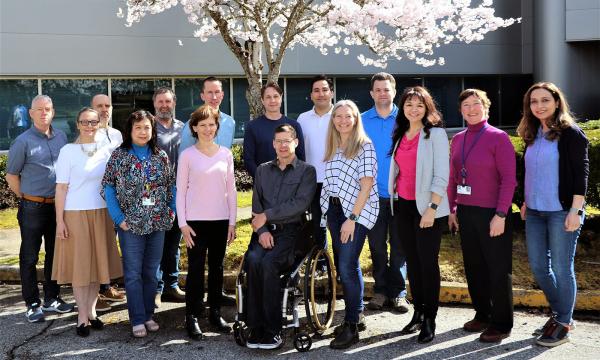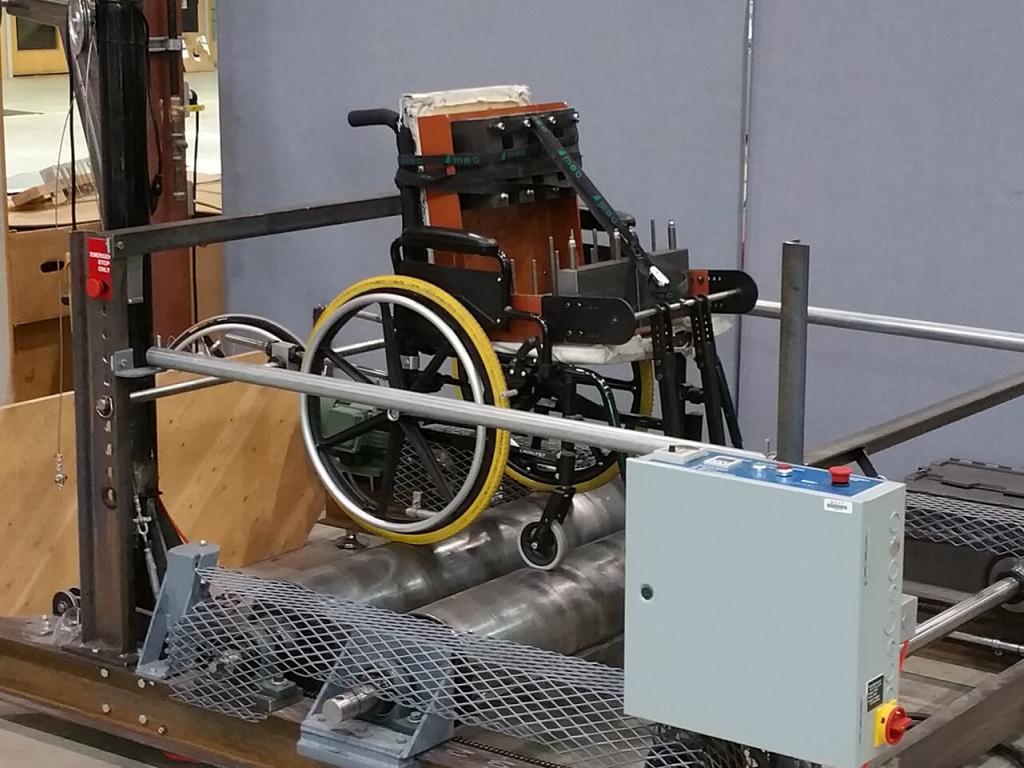As a specialist in rehabilitation engineering design, Jaimie Borisoff has spent the past two decades working to improve wheelchairs and assistive devices. The director of MAKE+, an applied research team at the British Columbia Institute of Technology (BCIT), has already commercialized a light-weight wheelchair with adjustable seating and backrest to suit various daily activities. But his quest to expand wheelchair capabilities does not end there.
Borisoff has partnered with Jacquie Ripat, a professor of occupational therapy who holds an Endowed Chair in Technology for Assisted Living at the University of Manitoba, to advance technology that will further break down barriers for people living with disabilities.
“We hope that we can make wheelchairs go places where wheelchairs can’t go right now,” says Borisoff, who represented Canada in wheelchair basketball at four Paralympics. “Those are places like the beach, rough terrain and snowy areas, and obstacle climbing and stairs.”
With new funding from the CFI’s Innovation Fund, Borisoff, Ripat and their team will acquire the latest in wheelchair technology, such as an elevating, balancing power wheelchair that can climb stairs and another that can travel off-road, to study their performance and see how they can be adapted to different needs. Their goal is to create hybrid-manual products that can modify a manual wheelchair on the fly for different environments, such as swapping wheels depending on the terrain.

The CFI funding will also be used to expand wheelchair performance test courses at BCIT and the University of Manitoba, the latter specializing in testing wheelchairs in wintry conditions. Borisoff and Ripat are also interested in developing technology for rural and northern settings. “Paved roads and sidewalks often don’t exist,” says Ripat, “and people are using wheelchairs in conditions that are very difficult to navigate. We’re really interested in working with some of our rural, remote, and Northern partners to see how we can improve wheelchair mobility.”
Since few wheelchair products on the market have been built for Canada’s rigorous climate and environments, the duo welcomes the opportunity to put a Canadian stamp on this technology. They hope to showcase their innovations on the international stage by competing in the Cybathlon, an Olympiad for assistive technology development held in Switzerland.
Return to the collection called “The power to transform”






